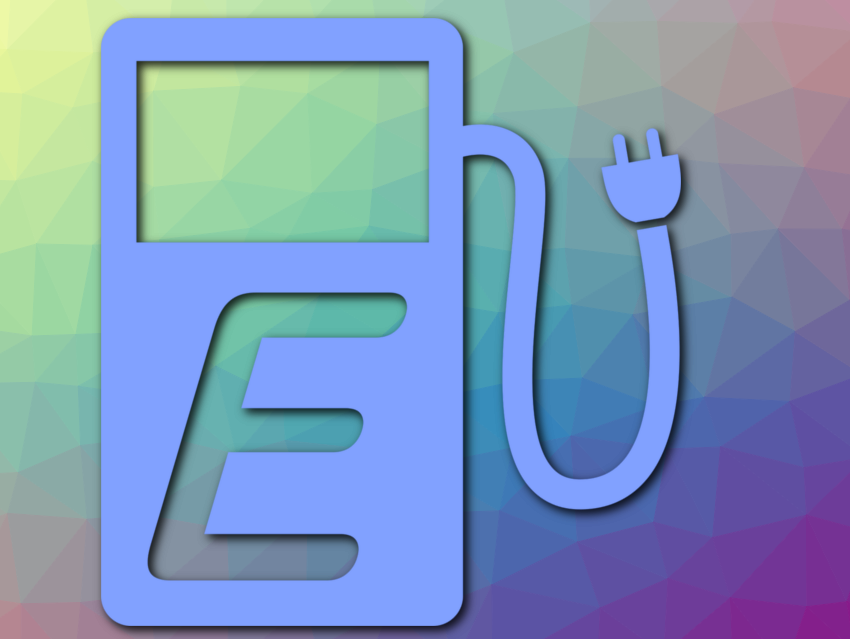In a series of interviews and articles, experts and speakers at the BASF Science Symposium Smart Energy for a Sustainable Future outline the importance of new energy technologies and materials innovations.
Professor Vanessa Wood, Head of the Nanoelectronics and Nanophotonics group at ETH Zürich, Switzerland, recently won the 2014 Science Award for Electrochemistry from Volkswagen and BASF for her outstanding work on lithium-ion batteries (LIBs) and for the development of imaging processes to analyze and improve microstructures for better batteries. Here, she explains what needs to be done to develop new, sustainable mobility systems.
LIBs are one of the most popular types of rechargeable batteries. They are commonly used in consumer electronics such as mobile phones. They are lightweight, have a high energy density, and only show a slow loss of charge when not in use. LIBs have also gained popularity in electric vehicles. Challenges that need to be overcome include cost, efficiency, battery life, and the ability to operate in harsh environments. To this end, better understanding of LIBs is of interest.
Electrochemical systems, such as batteries, have long been black boxes during their operation until synchrotron X-ray tomographic microscopy was developed to non-destructively visualize and measure the internal structure of electrochemical systems [1, 2]. Synchrotron X-ray tomographic microscopy makes it possible to analyze how the microstructure of electrodes influences the efficiency of batteries, to understand what limits the performance of electrochemical systems in devices, and to make improvements to the microstructures for better batteries. In this context, the research area of nanoelectronics arises at the intersection of chemistry, physics, and engineering.
Microstructures can often limit the rate performance of batteries. An example is graphite, which is used as the anode material in 95 % of LIB materials because it can be charged and discharged quickly. Contemporary battery manufacturing aligns graphite, which is platelet shaped, with its long axes parallel to the current collector. This was found to lead to very large tortuosities (curves with many turns) that make it impossible to produce thick electrodes [3]. This has implications for battery energy density, cost, charge/discharge rates, and safety. The solution is to either work with more spherical particles or to change the alignment of the particles in the electrode.
Besides investigating the microstructure of battery electrodes, we are also focusing on internal structures at the nanoscale. Another question of interest is how uniform an electrode is on different length scales. We are working on techniques to explore these length scales.
To speed up research in this field, we make our results readily available for other academic groups and industry researchers. On our website (lne.ee.ethz.ch) we provide our microstructures open source for the modeling community so that others can perform simulations on realistic structures. We have written open-source code for materials scientists and battery developers in industry to allow them to easily analyze their electrode microstructures from scanning electron microscopy (SEM) images. We also use our findings to suggest design guidelines and engineering solutions to overcome limitations.
I think the beauty of nanoparticles and some of their long-term potential lies in the ability to use them for engineering complex solids with novel electronic, ionic, vibrational and optical properties. This can be done from the bottom up and through low-cost approaches when we understand the electronic and ionic transport in complex solids such as battery electrodes.
Your thoughts:
What role will chemistry play in creating sustainable mobility systems?
References
[1] X-Ray Tomography of Porous, Transition Metal Oxide Based Lithium Ion Battery Electrodes, Martin Ebner, Felix Geldmacher, Federica Marone, Marco Stampanoni, Vanessa Wood, Adv. Energy Mat. 2013, 3(7), 845–850. https://doi.org/10.1002/aenm.201200932
[2] Visualization and Quantification of Electrochemical and Mechanical Degradation in Li Ion Batteries, Martin Ebner, Federica Marone, Marco Stampanoni, Vanessa Wood, Science 2013, 342 (6159), 716–720. https://doi.org/10.1126/science.1241882
[3] Tool for Tortuosity Estimation in Lithium Ion Battery Porous Electrodes, M. Ebner, V. Wood, J. Electrochem. Soc. 2015, 162 (2), A3064–A3070. https://doi.org/10.1149/2.0111502jes




